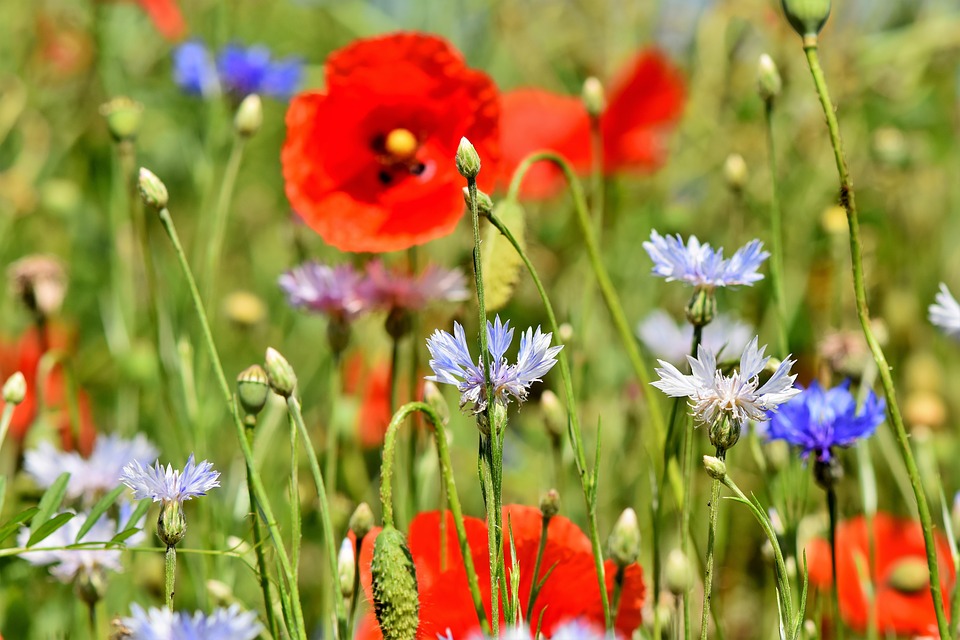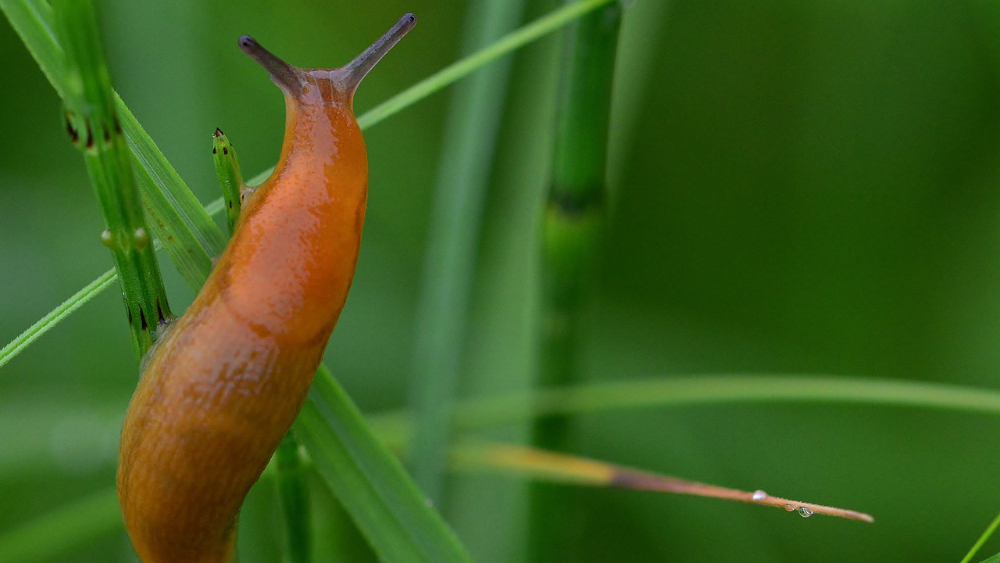

We all like to care for our gardens but sometimes the inevitable happens and we end up with unexpected visitors and mysterious patches popping up. Garden pests and diseases are just one of the many things we need to keep an eye out for in our gardens. We are here with a list of tips and treatments to help keep your garden brilliant and blooming, helping to keep those pesky visitors at bay.
Slugs and snails are a gardener’s constant bug bear, munching away on their fruit and veg. Evidence that you have gained these guests in your garden is rough edged holes on the surface of leaves and seedlings disappearing overnight or bites being taken out of stems leaving your beauties bent and drooping. If you are growing potatoes watch out especially for slugs as they like to tunnel into the produce leaving them vulnerable to other pests and secondary rot. There are various methods to keep your plants safe from these stealthy slugs and snails, you can choose a barrier like gravel, eggshells and copper tape or for something more hard hitting you can use slug pellets like our Slug Clear Ultra pellets, approved for use in organic systems.
Woolly aphids like to lunch on ornamental apple trees. The insects produce a white fluff-like substance that can be dismissed as fungal growth. Symptoms to look out for include lumpy swellings on the bark, colonies of aphids and white fluff on the trunk and branches. An organic treatment for small trees with infestations, is to scrub the aphid colonies with a stiff-bristled brush. If you are looking for a more chemical solution a great organic spray is Bug Clear Gun for Fruit & Veg. For a heavier and more persistent solution, Westland Resolva Bug Killer is a great option to have in your arsenal.
Vine weevils are another clever critter to watch out for in your corner of paradise. They feed on a range of ornamental plants and fruits, ones planted in pots and containers are at higher risk. The mature Weevils eat the leaves, and the younger grubs eat the roots. When treating for vine weevil make sure to keep your eyes peeled as stopping treatment straight after the removal of the weevils can allow numbers to creep back up again. A good treatment is Bugclear Ultra vine Weevil killer, this is great for ornamental plants grown in containers but is not to be used on plants in the ground or edible plants. However, little pesky travellers aren’t the only things to look out for in our growing garden disease is also lurking around the corner.
Leaf Spot & cranker is a bacterial disease commonly found in the stems and leaves of plum and cherry trees and shrubs. Symptoms of this infection include sunken patches of dead bark, small holes in leaves, this can often be seen developing in spring and early summer. If the infection spreads completely the plant will die at a rapid rate. There is no chemical solution available to the public however to help reduce the risk of leaf spot, if you prune in July or august this will help to minimise the risk of infection as this is when the tissue is most resistant.
Powdery mildew is common in Roses, Crab-apple, Lungwort, Lilac, and Bee Balm to name a few. The mildew appears as white patches that look like dust on the stems and tops of leaves, and on occasion flowers and produce. It can be rubbed off by your fingers, the powdery mildew won’t kill your plants but will affect their appearance. To help avoid this condition make sure your plants have good air circulation and are well watered. Or use a fungicide before you find mildew or spray after to contain the spread such as, Fungus Clear Ultra.
Rose black spot is a fungal disease that affects roses, it appears as black dots on the leaves which eventually turn yellow and drop off. This can significantly weaken the plant, there are various products to treat this condition. Such as, Rose Clear Ultra Gun Controls blackspot, powdery mildew, and rust.
With our gardens becoming more of an epicentre for our lives over the past year it is important we care for its well-being as well as our own. Now with a few tips and tricks up your sleeve you now know what to look for to help keep your garden happy and healthy.
Looking for inspiration for your garden? Subscribe to our newsletters for updates on gardening news, our offers, what is going on in-store and more.
| Cookie | Duration | Description |
|---|---|---|
| cf_ob_info | 1 minute | The cf_ob_info cookie is set by Cloudflare to provide information on HTTP Status Code returned by the origin web server, the Ray ID of the original failed request and the data center serving the traffic. |
| cf_use_ob | 1 minute | Cloudflare sets this cookie to improve page load times and to disallow any security restrictions based on the visitor's IP address. |
| CookieLawInfoConsent | 1 year | CookieYes sets this cookie to record the default button state of the corresponding category and the status of CCPA. It works only in coordination with the primary cookie. |
| elementor | never | The website's WordPress theme uses this cookie. It allows the website owner to implement or change the website's content in real-time. |
| rc::a | never | This cookie is set by the Google recaptcha service to identify bots to protect the website against malicious spam attacks. |
| rc::c | session | This cookie is set by the Google recaptcha service to identify bots to protect the website against malicious spam attacks. |
| viewed_cookie_policy | 1 year | The GDPR Cookie Consent plugin sets the cookie to store whether or not the user has consented to use cookies. It does not store any personal data. |
| wpEmojiSettingsSupports | session | WordPress sets this cookie when a user interacts with emojis on a WordPress site. It helps determine if the user's browser can display emojis properly. |
| Cookie | Duration | Description |
|---|---|---|
| woocommerce_recently_viewed | session | WooCommerce sets this cookie to store performed actions on the website. |
| Cookie | Duration | Description |
|---|---|---|
| fr | 3 months | Facebook sets this cookie to show relevant advertisements by tracking user behaviour across the web, on sites with Facebook pixel or Facebook social plugin. |
| Cookie | Duration | Description |
|---|---|---|
| _fbp | 3 months | Facebook sets this cookie to display advertisements when either on Facebook or on a digital platform powered by Facebook advertising after visiting the website. |
| _ga | 1 year 1 month 4 days | Google Analytics sets this cookie to calculate visitor, session and campaign data and track site usage for the site's analytics report. The cookie stores information anonymously and assigns a randomly generated number to recognise unique visitors. |
| _ga_* | 1 year 1 month 4 days | Google Analytics sets this cookie to store and count page views. |